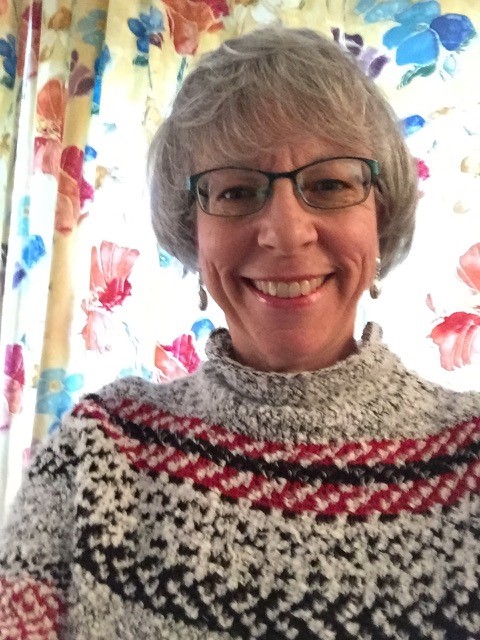
Astronauts Zoom!
National Read Across America Day this year was literally out of this world for me. Just before 2 AM, I sat glued to my computer screen, watching the launch of the Dragon Endeavour spacecraft that would carry my picture book Astronauts Zoom!: An Astronaut Alphabet (Wundermill, 2021) to the International Space Station. Days earlier, the countdown for the spacecraft—which also carried the four astronauts of Crew 6—had been stopped at a nail-biting two minutes before liftoff. Now the retry launch was a go. I held my breath as the countdown reached T minus 10 seconds. I don’t think I exhaled until the rocket carrying Endeavour rose from the Cape Kennedy launchpad in a blaze of light and streaked into the night sky.
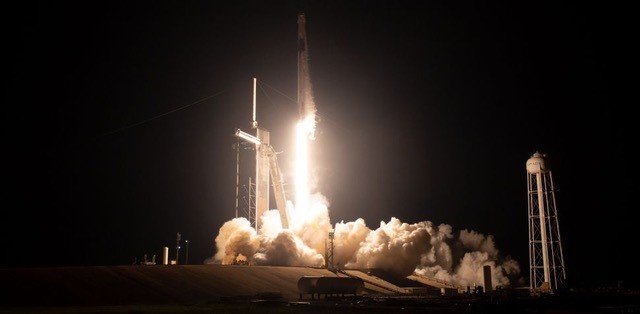
Rocketing to the space station 250 miles above Earth, Astronauts Zoom! had been chosen to be read aloud by an astronaut in orbit for Story Time From Space. The astronaut was Koichi Wakata, the first Japanese astronaut ever to command the ISS, who is also IN the book. Astronaut Wakata’s floating read-aloud was videotaped while the station travelled 17,500 miles per hour around the Earth. The video can be viewed by readers and listeners anywhere in the world.
It was while researching my earlier picture book, Scientists Get Dressed (Wundermill, 2019), that I first read about astronauts on the ISS orbiting Earth at such speed. How could I capture the enormous sense of this in a book for young children, I wondered. Then the word “zoom” popped into my head. (This was before we were all zooming onscreen due to the pandemic.) I quickly wrote down the words “Astronauts Zoom,” and immediately noticed the A and Z. I was launched into writing an astronaut alphabet book.
The challenge became capturing the world of daily (and nightly) life on the space station. I couldn’t go to space for onsite research; so, I began looking at hundreds of photos of astronauts in orbit, to try and connect their in-space experiences with what kids do on Earth.
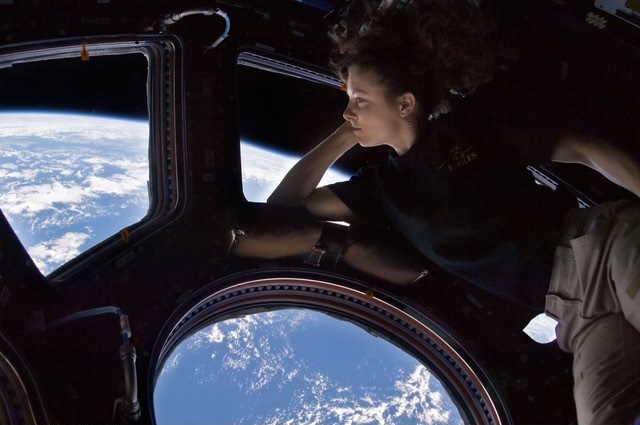
As I was writing the book, the Covid pandemic closed the school of my next-door neighbors’ two children. Distanced on our houses’ adjoining decks, I began telling them what I was discovering about how astronauts worked, lived, and even had fun in space. We pretended we were astronauts in different sections/modules of the station and imagined what the real astronauts were doing up there that was the same, or different, than we were doing on Earth.
Koichi Wakata’s read-aloud of the book was videotaped in the Japanese Kibo module of the space station. He added his own life-in-microgravity touches, like somersaulting for “float” and letter F, giving a “kick” to a ball that looks like the planet Mars for letter K, and going completely “upside down” for letter U. At the very end of the reading, he lets the book just float all by itself! Seeing Astronauts Zoom! like that, I felt like I was floating on the space station too. I hope that’s what children will experience when they read the book and watch the video.
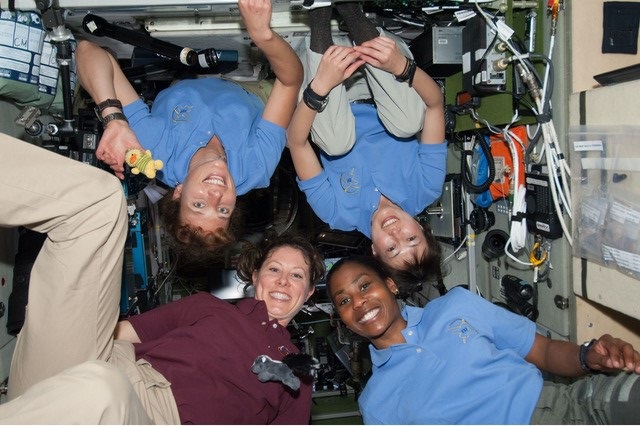
Young readers and listeners can try real astronaut activities with suggestions from Astronauts Zoom!—like making personal pizzas with tortillas (tortillas don’t make crumbs in space) and filming their own videos “from space.” Educators, librarians, and parents can help make their classroom, library, afterschool space or part of their home look and feel a bit like the space station, especially its famous, multi-windowed cupola module, with photos of Earth taken by astronauts on the ISS. Find great astronaut photos from Windows on Earth or NASA’s image gallery.
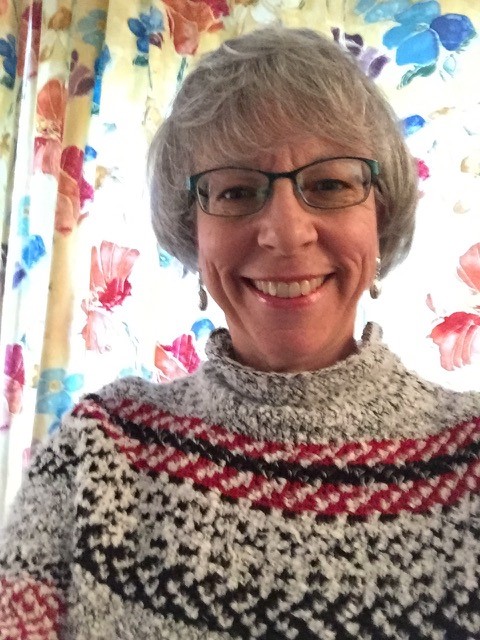
Explore Deborah Lee Rose’s author website.
Text and images are courtesy of Deborah Lee Rose and may not be used without express written consent.

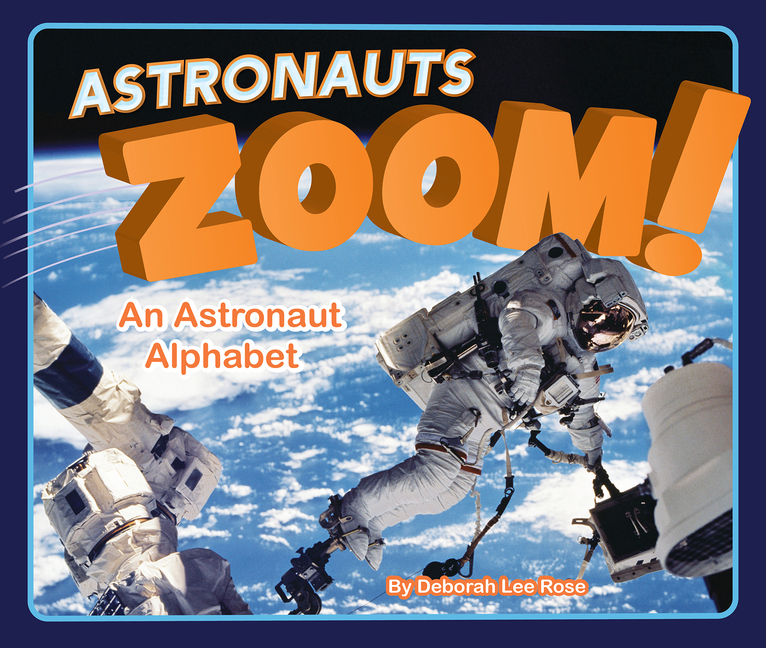
Leave a Reply